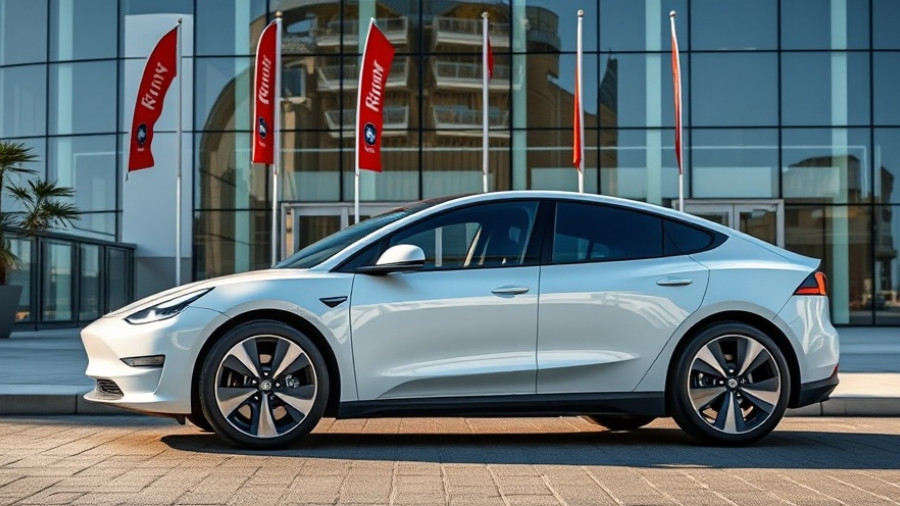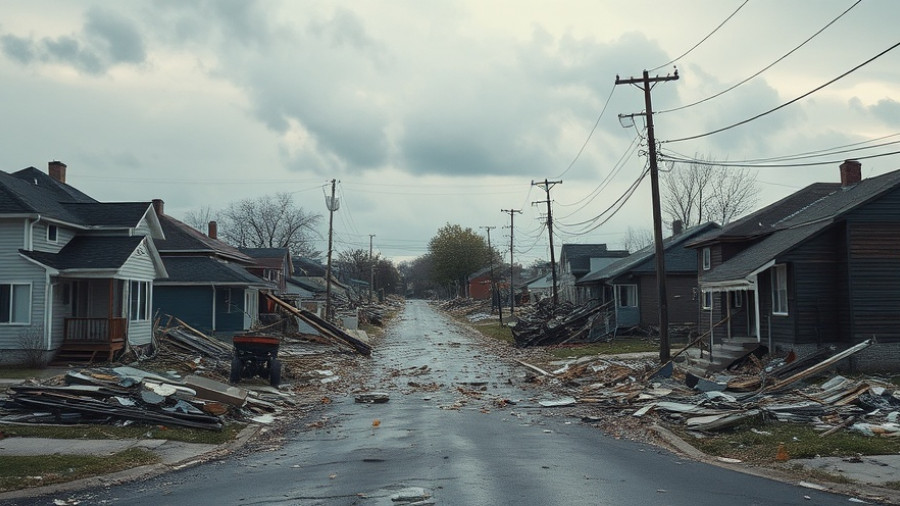
Rethinking Vehicle Safety: The Emergence of Door Safety Regulations
As electric vehicles gain prominence worldwide, the conversation around safety is evolving to address new challenges. One pressing issue is the functionality of vehicle doors during emergencies, a concern recently spotlighted by Tesla's European regulators. The Netherlands' RDW authority has raised alarms over the design of Tesla's door handles, particularly their reliance on electronic mechanisms which may fail in low-battery scenarios. This crackdown is part of a broader move to ensure that all vehicle doors are operable from both inside and outside, enabling occupants and first responders to exit safely after a collision.
Why This Matters: Real-Life Consequences
The effectiveness of emergency egress systems cannot be overstated. In recent tragic incidents, including a horrific crash in Germany where a man and two children lost their lives, first responders were unable to access the vehicle due to malfunctioning doors. "This is not a theoretical problem — people are dying because they cannot get out of vehicles when every second counts," states Antonio Avenoso, executive director of the European Transport Safety Council. These tragedies underscore the urgent need for regulatory changes surrounding vehicle door designs, urging manufacturers to prioritize safety above aesthetics.
Global Standards for Door Designs: The Role of Regulation
In response to these safety concerns, global regulatory bodies like UNECE are standardizing requirements for vehicle door designs. The proposed regulations in China, for example, are set to demand mechanical door handles that ensure accessibility even without electronic functionality. This reflects an evolving understanding of design necessities under emergency conditions, pushing manufacturers to reassess their designs. Tesla's decision to redesign their door handles, making them intuitive and accessible, is a proactive step towards compliance and, more importantly, user safety.
The Bigger Picture: Industry Impact and Evolution
The issue resonates beyond Tesla, prompting a reevaluation across the automotive industry. Other manufacturers, like Ford and Mercedes-Benz, are also assessing how to adapt their designs in light of potential regulatory changes. The implications of these regulations could redefine standard safety practices in electric vehicles, influencing everything from production timelines to vehicle design philosophy. With increasing expectations for vehicle safety, automakers are confronted with a unique challenge to innovate while maintaining user functionality.
Consumer Insights: What Vehicle Owners Should Know
For vehicle owners, especially those involved in accidents, understanding the safety features of their cars is critical. Insurance claims related to accidents often hinge on the manufacturer’s ability to meet safety standards. If you find yourself in a situation where safety claims are in question, it's essential to document everything from the collision details to the vehicle's functionality post-accident. Familiarize yourself with how to file a claim effectively and ensure that your insurance adjuster understands the crucial details surrounding the accident. Additionally, recent news can empower consumers to ask the right questions when purchasing new vehicles, specifically regarding safety features.
Preparing for the Future: Ensuring Your Safety
As automotive safety regulations evolve, staying informed will help consumers protect their interests. Familiarizing yourself with the claims process can be vital, especially if you deal with property damage after an accident. Should you face a situation where your vehicle's safety features come into question, it pays to know what to expect from the claims timeline and how to negotiate an insurance settlement. Empowering yourself with the knowledge of potential pitfalls in the insurance process will considerably aid your recovery after an accident.
In light of these insights, I urge all vehicle owners to review their current insurance policies and reinforce their knowledge of vehicle safety features. Engaging with local consumer advocates can also provide further clarity on best practices when dealing with insurance claims, ensuring you navigate these systems with confidence.
 Add Row
Add Row  Add
Add 




Write A Comment